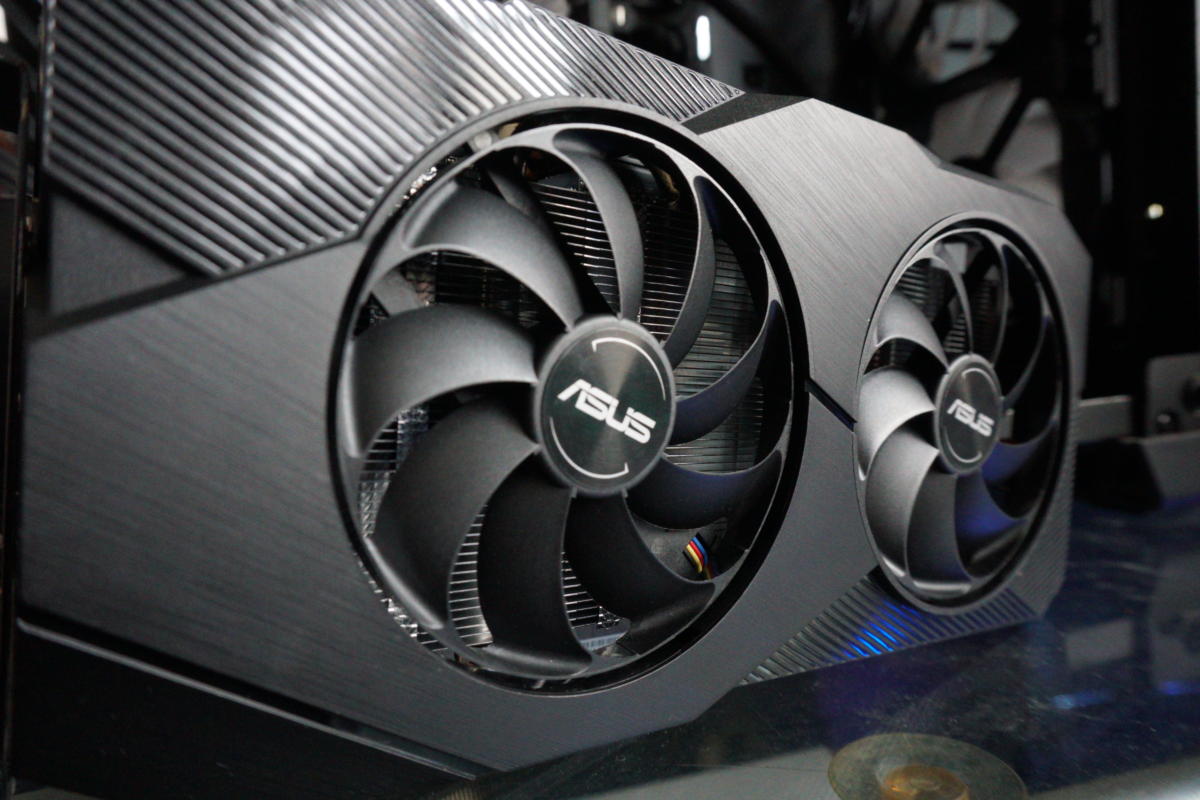Sure, 4K and ultrawide-resolution monitors may dominate headlines, but most PC gamers play at 1080p resolution or below, according to the Steam Hardware Survey. And what a time it is to be gaming at HD! You used to have to spend around $250 to $300 to pick up a decent 1080p graphics card. These days, you only need to spend that much if you have a monitor with an ultra-fast 120Hz, 144Hz, or 240Hz refresh rate and want to squeeze as much out of it as possible.
Most people play on 60Hz monitors and want games to hit a smooth 60 frames per second. Good news! The best 1080p graphics cards hit those targets without breaking the bank. You can even find some solid 1080p GPU options for under $150 if you don’t mind tinkering with in-game visual settings.
If you want a wider look at the world of high-performance GPUs, be sure to check out our overarching guide to the best graphics cards for PC gaming, where we also explore your best options for 1440p and 4K resolution, and divvy out buying tips to keep in mind while you’re on the hunt for new hardware
The best graphics card for 1080p gaming
Your best option for PC gaming at 1080p resolution is the Nvidia GeForce GTX 1660 Super, which starts at $230. The graphics card muscled past its non-Super sibling simply by swapping in ultra-fast 14Mbps GDDR6 memory.
Upgrading from the GTX 1660’s GDDR5 memory gives the Super a 7- to 18-percent performance advantage depending on the game. The GeForce GTX 1660 Super has no problem sustaining 60 fps in most modern AAA games even when you enable all possible eye candy, with plenty of performance headroom left for even more taxing games sure to come in the future. In games with advanced graphics options built specifically to stress hardware, such as the GPU-melting Metro Exodus, you may need to drop down to the second-highest graphics level, but those situations should be few and far between.
Nvidia equipped the GTX 1660 Super with 6GB of onboard memory—plenty for 1080p gaming, and enough for the decent 1440p gaming that this card is also capable of, if you don’t mind dropping visual quality a bit. Now that Nvidia supports AMD’s FreeSync displays, albeit in a somewhat convoluted way, you can pair the GTX 1660 Super with a FreeSync or G-Sync monitor to get smooth, stutter-free adaptive sync gaming.
Add it all up, and the GeForce GTX 1660 Super is the best graphics card for 1080p gaming at 60 frames per second right now. It effectively rendered both the $200 GTX 1660 Super and $280 GTX 1660 Ti obsolete, though both of those GPUs are still available. The Super is a much better value.
The best 1080p…
https://www.pcworld.com/article/3434614/best-1080p-graphics-card.html#tk.rss_all
















